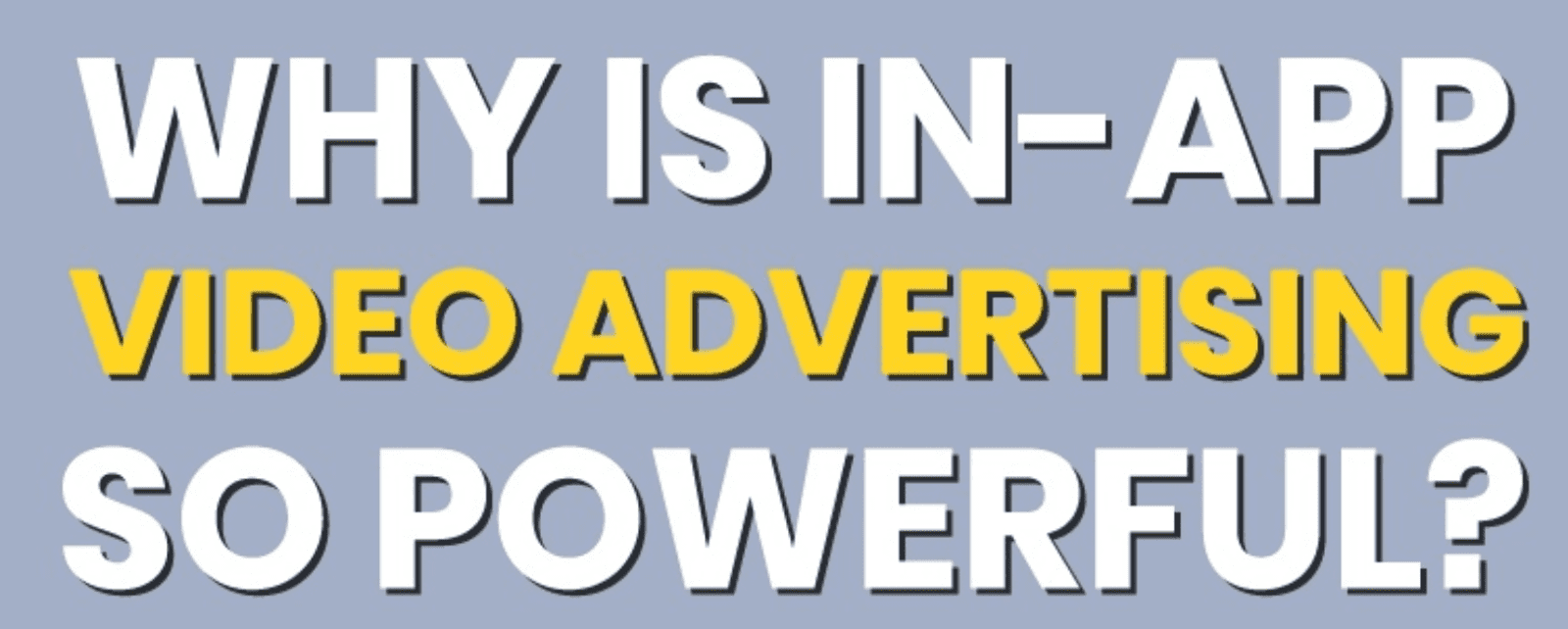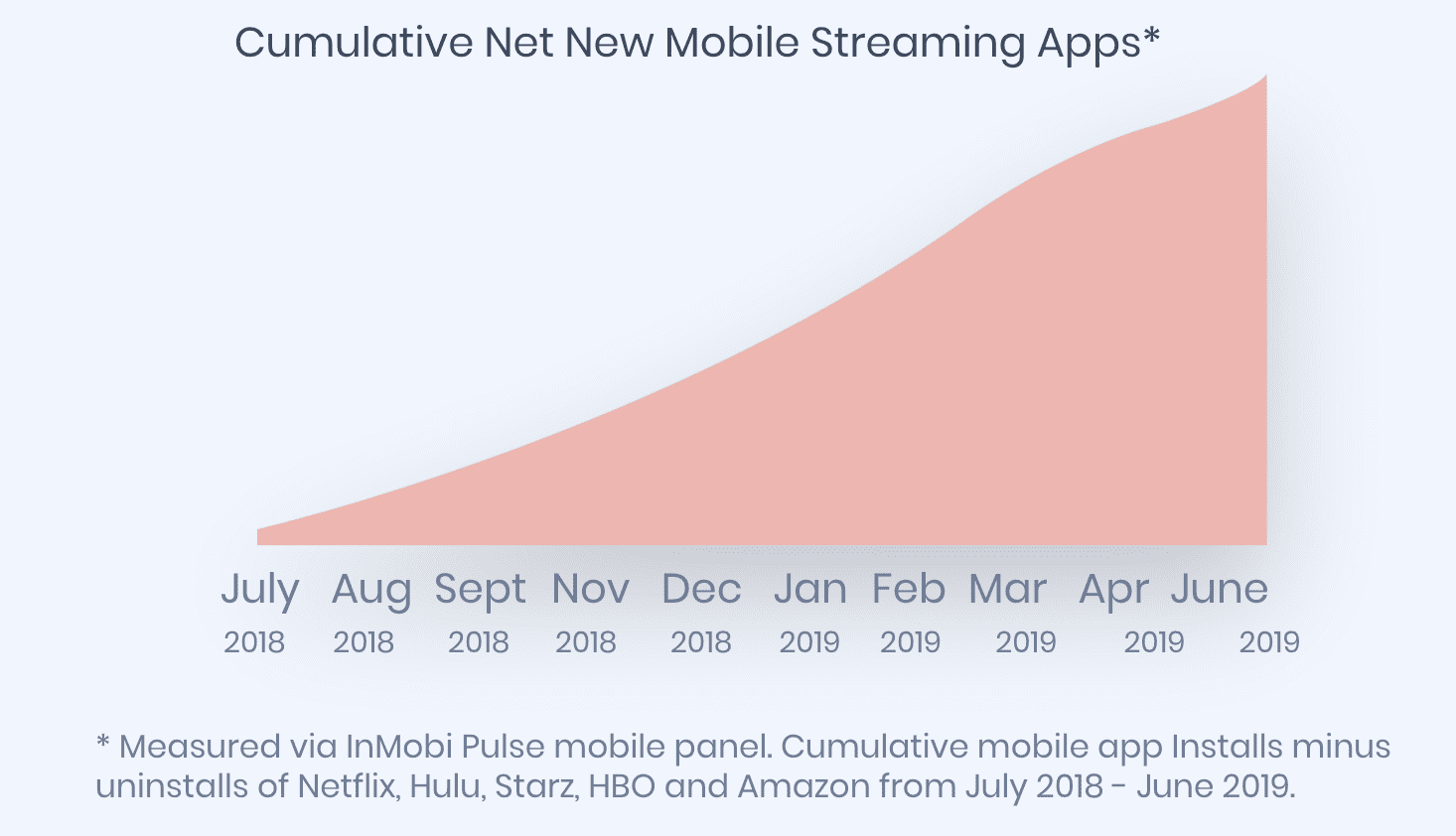Fuel campaign performance with laser-focused targeting

Interested in learning more about in-app mobile video advertising? Then this guide is for you.


In-app video advertising is an ideal way to engage and acquire mobile users and provide them with a positive user experience. It’s been proven effective, and is now one of the best mobile marketing tactics to leverage. Some food for thought from InMobi’s 2019 Mobile Programmatic Advertising Trends report:

Video ads are also highly viewable as well, making them great for top-funnel and mid-funnel campaigns. In Q2 2019, we saw, on average, video completion rates of around 80% and viewability of 91% via private marketplace deals. In fact, during this period, InMobi’s average video viewability rates were 50% higher than Moat’s nationwide benchmarks and 59% than what Integral Ad Science (IAS) reported as the average rate.
For a good example of just how viewable in-app video ads can be, consider fast food chain Wendy’s. They have seen in-app video ad completion rates between 80-90%, well over 25% better than their initial expectations.

The effectiveness of video ads within mobile apps helps to explain while it’s now one of the most popular digital marketing tactics being leveraged by advertising and marketers today.
Between 2017 and 2018, programmatic video ad spending grew 47% in the U.S. In Q1 2019, video ad spending in the U.S. was up 181% compared to Q1 2018.
These figures correspond to what eMarketer has found as well. In 2019, they predict mobile video ad spending will reach almost $16 billion by the end of 2019 and almost $25 billion by 2022 in the U.S. alone. Over 17% of all media budgets devoted to mobile devices now goes to video.
This growth in mobile video advertising corresponds to larger trends in video consumption on mobile devices overall. Increasingly, people have no problem at all viewing video content on a smaller screen.
Using our carrier-verified, high-quality data, we found that between June 2018 and July 2019, net new installs of the five biggest paid streaming video apps (Amazon Prime Video, HBO, Hulu, Netflix and Starz) increased by over 400%. By 2019, close to 188 million Americans will watch video on their smartphones, eMarketer has predicted.

Parallel to the growth of video viewing on mobile is the increase in app usage overall. According to eMarketer, U.S. adults will spend close to three hours a day using mobile devices this year, with around 87% of that time devoted to apps.
Mobile video advertising may be uniformly effective and popular, but not all in-app video ad formats are the same. Here’s what you need to know about formats and creatives:
When running mobile video ad campaigns, make sure you have the right team in place for support. Lots of demand-side platforms, ad networks, attribution partners and so forth may claim to be video experts, but don’t take them at their word. Be sure to do your due diligence and figure out who precisely has the expertise, experience and technical acumen you need to make the most out of mobile video advertising.
Interested in learning more about mobile video advertising? Check out these blog posts for further insights:


Register to our blog updates newsletter to receive the latest content in your inbox.